Not many towns or cities in the US can claim to be powered 100% by renewable energy, but soon one town can make that claim, as it is planned to be powered by a solar array floating on a municipal reservoir.
In Cohoes, New York, a working-class community of 17,000 residents, the town turned to its own reservoir as a way to power its municipal buildings with renewable energy. Siting solar on the 10-acre reservoir is unusual, but it turned out to be the best approach for a town lacking suitable land or rooftops for solar. The only challenge was cost: $6 million. Because municipalities cannot access the same tax incentives as private companies when developing renewable energy, the city would need to make the case for state, federal, and foundation funding.
Theresa Bourgeois, director of operations for the city and Joe Seman-Graves, city planner, had done enough research to know that floating solar was a tested technology and that the reservoir was a suitable size to hold enough panels to power all Cohoes city-owned buildings and streetlights. In the course of that research, they discovered an NREL report that gave them the pitch that they needed to secure funding. The report, “Floating Photovoltaic Systems: Assessing the Technical Potential of Photovoltaic Systems on Man-Made Water Bodies in the Continental United States” includes data about potential US “floatovoltaic” sites, including each reservoir’s estimated size, proximity to electric transmission, ownership status, and current use.
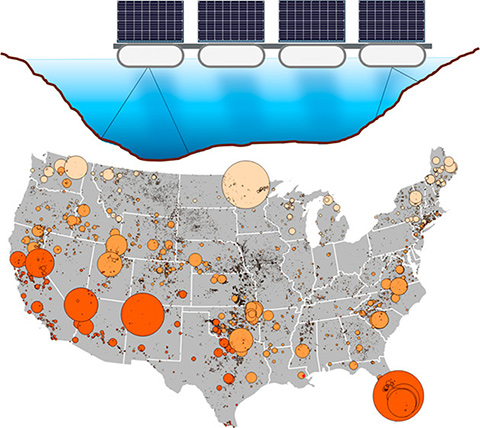
Image: NREL
“We used the basic results in that study to provide information to Congress, to our representatives, to the public, showing that we have a viable option,” Bourgeois said.
In making their pitch, Bourgeois and Seman-Graves referenced the fact that there are 492 reservoirs that could potentially support floating solar. With their idea beginning to look like it might be a model for powering other communities with clean energy, the project won support of state and federal officials. However, the Cohoes team realized that key data was missing from the NREL report and that was the potential for floating solar that is in proximity to lower-income communities. By bringing this to NREL’s attention, they suggested a visualization that breaks the data into congressional districts and economic factors, which would help show the economic incentive for any town.
The request was shared with John Erickson, director of research operations at IDEA, whose first goal was to visualize NREL’s data overlaid with LMI maps.
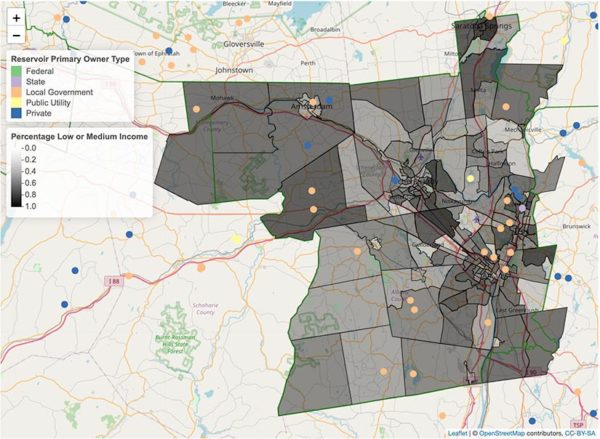
Image: John Erickson
“Plotting the two data sets together was an eye-opener,” Erickson said. “Right away the possibilities for low-cost clean energy become clear.”
Erickson collaborated with Bourgeois and Seman-Graves to create the Floating Solar Explorer. The exploration tool is available online and includes a map of all the suitable reservoirs identified by NREL, as well as congressional district-scale LMI information layered over New York.
The 3.2MW floating solar demonstration project in Cohoes will cost about $5.9 million, with federal funding of $4.788 million and a non-federal share of $1.209 million. This project is a demonstration of the technology of floating solar, but also a model for how other municipalities can invest in their own energy infrastructure. While the cost is close to $6 million, the Cohoes floating solar installation is expected to erase around $500,000 in annual electricity costs—with 40% of the generated electricity remaining for civic use.
This content is protected by copyright and may not be reused. If you want to cooperate with us and would like to reuse some of our content, please contact: editors@pv-magazine.com.
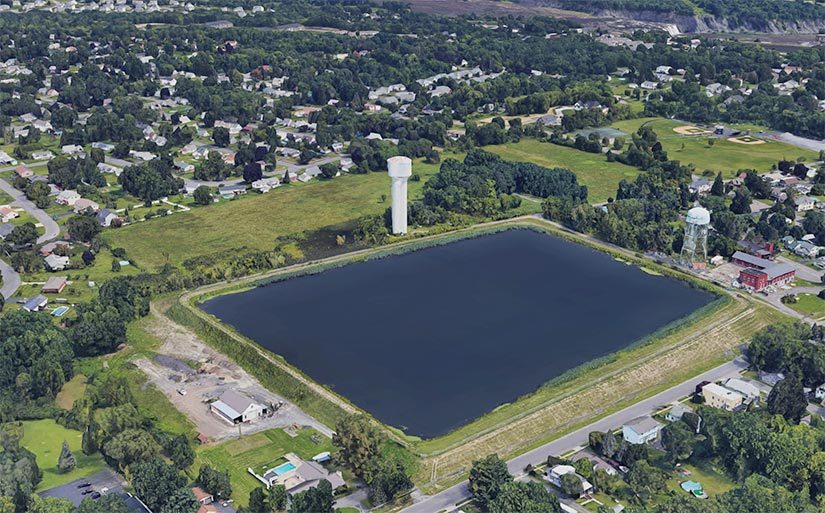
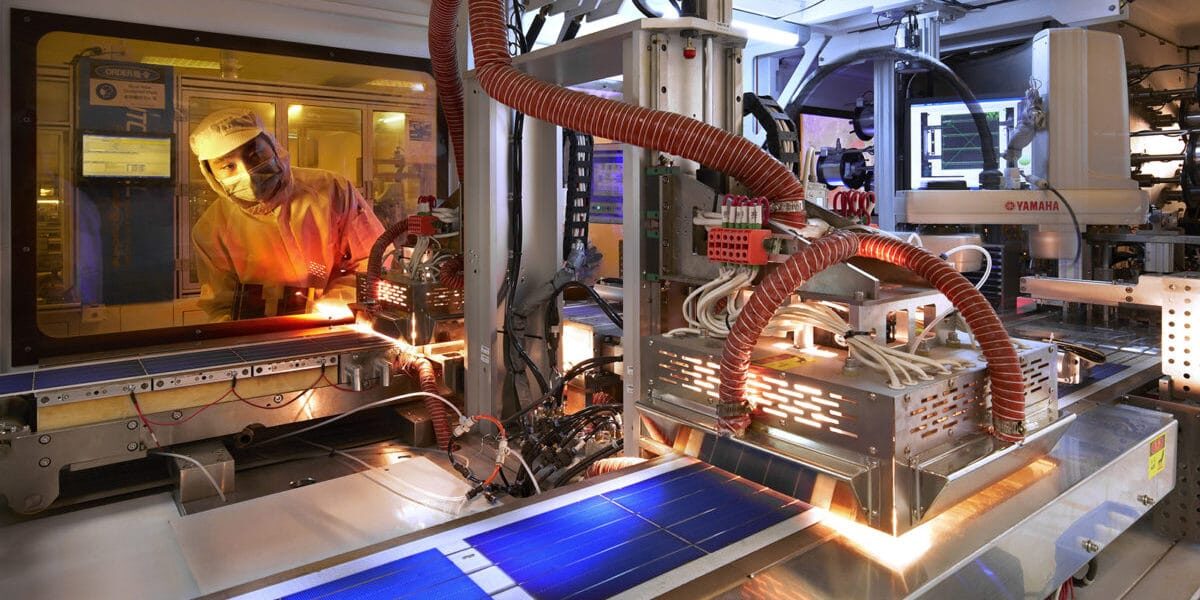






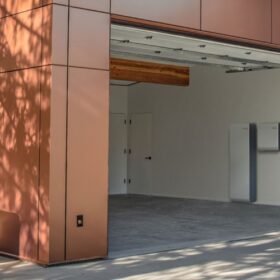
What was left out from this article is that Cohoes is home to a 100 MW run of river hydroelectric station. Seems to be abundant renewable energy in town already, but you cannot have too much I guess.
Unfortunately, this floating solar project, and many other solar projects, are not possible without government give-aways.
This was not a Government give-away. It was a Government investment. The private sector invest this kind of capital everyday for private profit. Why not the Government investing for the common good?
This project could have paid off a loan with the money saved from the electric bill, and after payoff provided Cohoes with decades of free electricity. The Gov’t should not be giving away money for projects that can readily repay a loan. Seems that everyone in the solar PV world won’t do anything unless they get a gov’t giveaway